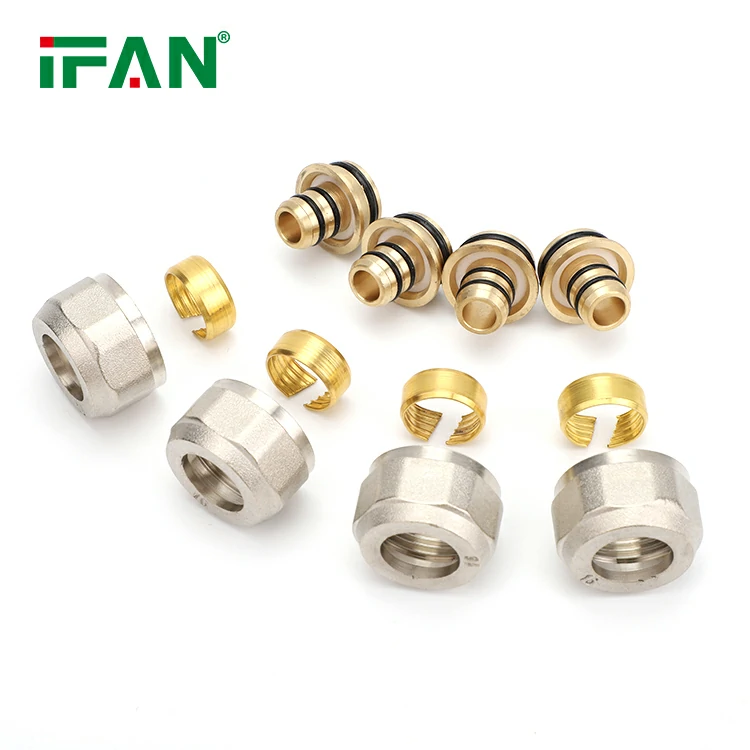Introduction to the Manifold Adapter
In many mechanical and plumbing systems, the manifold adapter plays a critical linking role.
It connects the manifold—used to distribute fluids or gases—to various pipes, tubes, or devices.
This small yet vital component ensures fluid or air flows correctly through a system.
Manifold adapters are used in heating, cooling, fuel injection, and pneumatic control systems.
They are made from durable materials like brass, stainless steel, or high-grade plastic.
With proper installation, they create secure, leak-free connections in complex multi-line systems.
Understanding what a manifold adapter does helps improve system reliability and performance.
Connecting Components in a Fluid System
A fluid system often contains multiple pipes, valves, or tubes needing coordinated flow control.
The manifold adapter connects these parts to a central manifold block.
For example, in a radiant floor heating system, the manifold adapter links water lines to the manifold.
It allows each circuit to be independently controlled and monitored.
This simplifies both installation and maintenance in residential or commercial plumbing systems.
Without the adapter, achieving a precise connection would be difficult or impossible.
Its role is essential to ensuring consistent and balanced fluid distribution.
Types of Manifold Adapters
Manifold adapters come in various shapes and connection types to suit specific system requirements.
Common types include threaded, compression, push-to-connect, and quick-release models.
Threaded adapters screw into the manifold for a tight seal.
Push-to-connect types offer fast installation without tools, saving labor and time.
Quick-release adapters are used in systems requiring frequent disassembly or cleaning.
Some manifold adapters include built-in check valves or flow regulators for added control.
Selecting the correct type ensures compatibility with both the manifold and the piping.
Applications Across Industries
The manifold adapter is used in automotive, HVAC, medical, and industrial control systems.
In cars, it helps distribute air or fuel to engine cylinders via intake manifolds.
In HVAC systems, it connects tubing to air or water distribution manifolds.
Medical devices use manifold adapters for oxygen or medication delivery systems.
Manufacturing equipment uses them to route compressed air or coolant in CNC machinery.
These examples show how the adapter supports precise control and distribution in complex systems.
Its adaptability makes it indispensable across many technical fields.

Advantages of Using a Manifold Adapter
Using a manifold adapter offers several benefits that improve system performance and serviceability.
It allows modular connections, enabling fast changes or expansions in system design.
The adapter simplifies connections, reducing the risk of leaks or improper installation.
It minimizes stress on pipes and fittings by offering flexible angles and secure locking.
Many manifold adapters support high-pressure or high-temperature environments.
This improves reliability in demanding applications like automotive or industrial processes.
The right adapter also lowers maintenance time and costs through its ease of use.
Installation Considerations
Installing a manifold adapter requires attention to size, material compatibility, and seal integrity.
Always match thread types (e.g., NPT, BSP) to prevent cross-threading or leaks.
Use thread sealant or O-rings as specified to ensure a proper seal.
Avoid overtightening, which can crack plastic adapters or damage the manifold port.
Some adapters must be oriented correctly to maintain flow direction or access points.
Installers should follow manufacturer guidelines for torque and fitting alignment.
A correctly installed manifold adapter contributes to long-lasting system reliability.
Troubleshooting and Maintenance
Even with proper use, a manifold adapter can occasionally show signs of failure.
Common issues include leaks, cracks, or reduced flow due to internal blockage.
If a leak occurs, inspect the adapter and surrounding threads or seals.
Replace damaged O-rings or reseal threaded connections as needed.
Cracked adapters must be replaced with an exact match in size and type.
Periodic inspections help prevent system failure and unplanned downtime.
Regular maintenance ensures that manifold adapters continue functioning as designed.
Conclusion: A Key to System Efficiency
The manifold adapter is a small but powerful component in many fluid and air systems.
It ensures efficient, secure connections between the manifold and other system parts.
From heating systems to high-performance engines, its role cannot be overlooked.
Understanding how and where to use a manifold adapter ensures better system performance.
Selecting the right adapter, installing it properly, and maintaining it regularly pays off.
In short, a quality manifold adapter can be the key to a reliable, efficient operation.
Its importance will only grow as systems become more compact and performance-focused.

